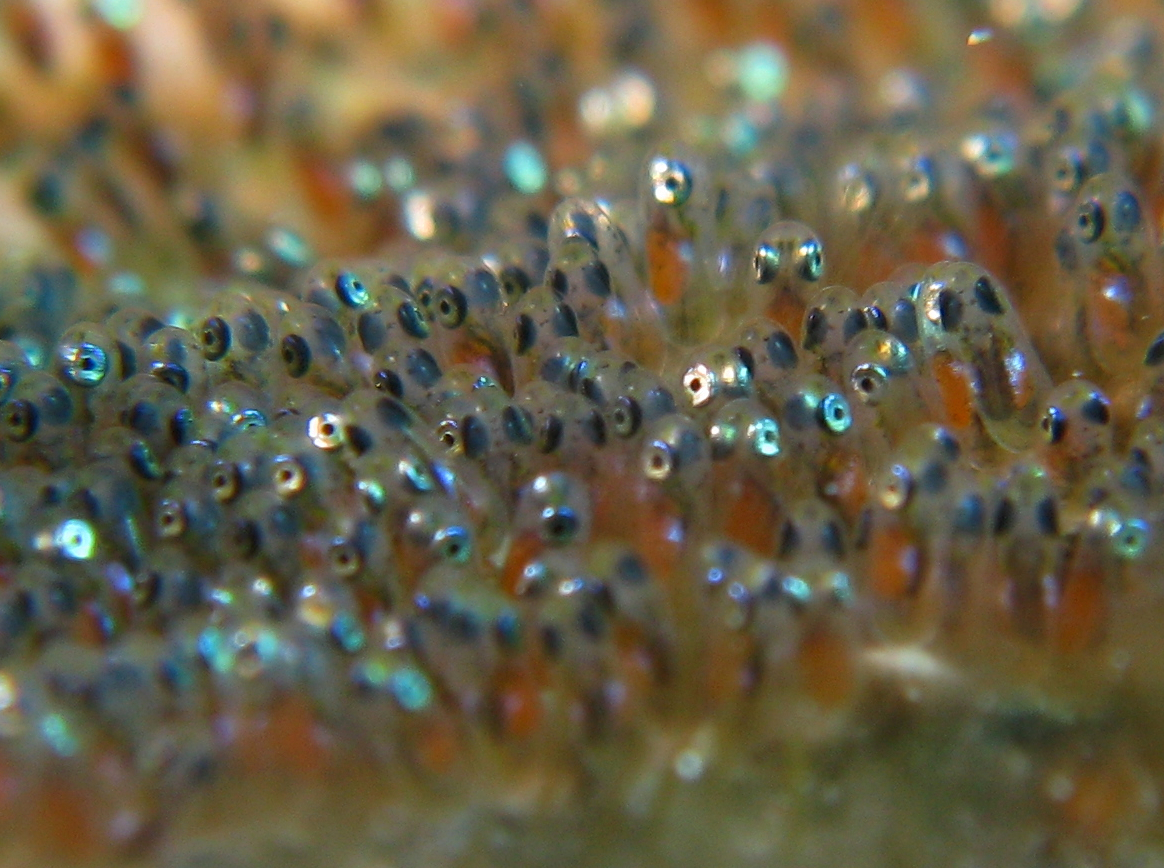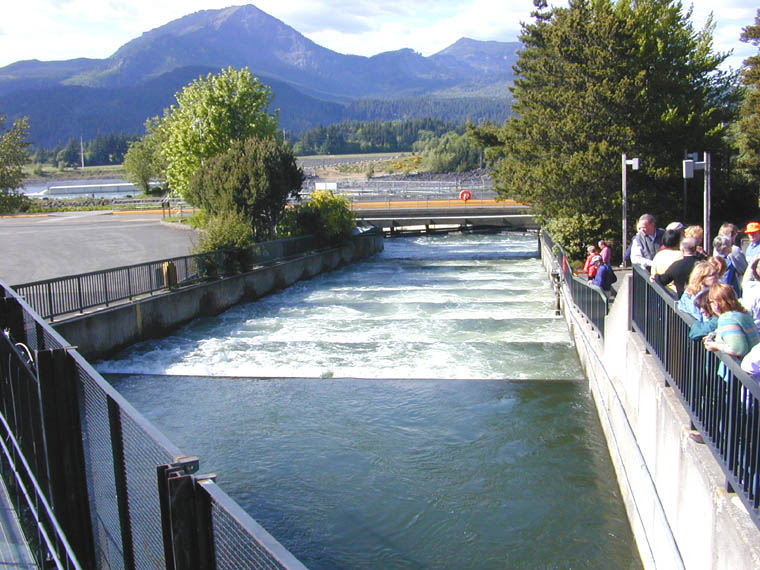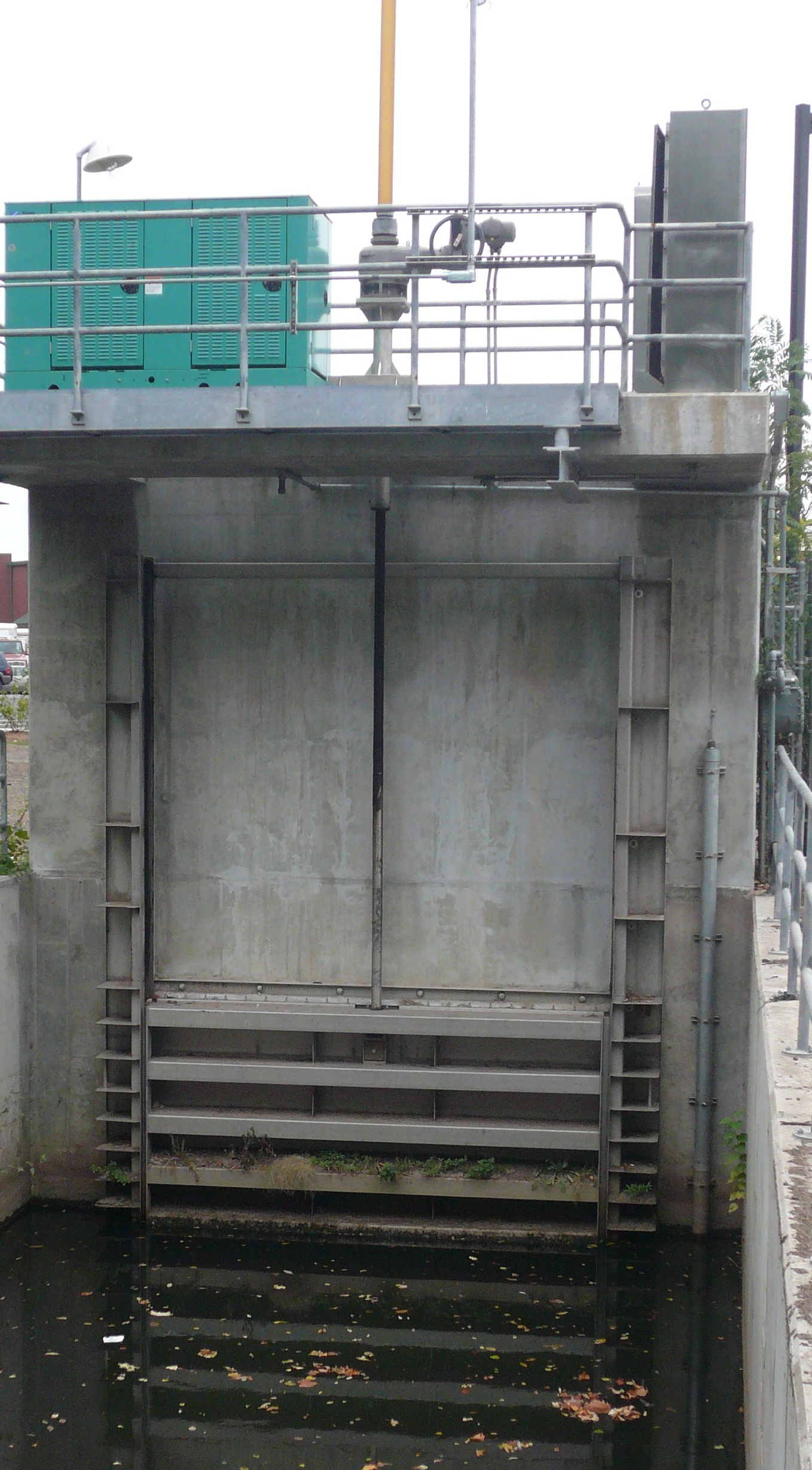|
Cardiff Harbour Authority
Cardiff Harbour Authority (CHA) is the managing authority for Cardiff Bay under the Cardiff Bay Barrage Act 1993, and was established on 1 April 2000. It took over responsibility from Cardiff Bay Development Corporation and is responsible for the inland bay, Cardiff Bay Barrage, the outer harbour and the rivers River Taff, Taff and River Ely, Ely. The harbour authority is part of the City of Cardiff Council and is the statutory navigation authority for Cardiff Bay. The authority is funded by the Welsh Government. Responsibilities CHA's responsibility includes the inland waters of Cardiff Bay (including the Mount Stuart Graving Docks), the River Taff up to Blackweir, the River Ely up to Wiggins Teape weir, the outer harbour and Cardiff Bay Barrage. CHA was also given responsibility for the land areas of Roald Dahl Plass and the Channel Graving Dock. The Authority assumed this responsibility from Cardiff Bay Development Corporation upon its dissolution on 31 March 2000. They a ... [...More Info...] [...Related Items...] OR: [Wikipedia] [Google] [Baidu] |
Cardiff Bay Development Corporation
The Cardiff Bay Development Corporation was established in 1987 to redevelop the dockland area of Cardiff and to create Cardiff Bay Cardiff Bay (; colloquially "The Bay") is an area and freshwater lake in Cardiff, Wales. The site of a former tidal bay and estuary, it is the river mouth of the River Taff and River Ely, Ely. The body of water was converted into a lake as part .... History The corporation was established as part of an initiative by the future Deputy Prime Minister of the United Kingdom, Deputy Prime Minister, Michael Heseltine, in April 1987, during the Second Thatcher ministry. The Secretary of State for Wales, Nicholas Edwards, Baron Crickhowell, Nicholas Edwards set out the CBDC's mission statement as: ''To put Cardiff on the international map as a superlative maritime city which will stand comparison with any such city in the world, thereby enhancing the image and economic well-being of Cardiff and Wales as a whole.'' The five main aims and objectives we ... [...More Info...] [...Related Items...] OR: [Wikipedia] [Google] [Baidu] |
Cardiff Sailing Centre
Cardiff Sailing Centre () is a Cardiff Council run watersports facility based on Cardiff Bay Barrage in Cardiff Bay. The centre runs dinghy sailing, dinghy & keelboat sailing, windsurfing, powerboat and other shore-based courses. History The centre opened in 1968 as Llanishen Sailing Centre and was based at Llanishen Reservoir in North Cardiff. It was rebranded in 2010 when the centre was forced to relocate to Cardiff Bay due to the draining of the reservoir but is still one of the major watersports centre's in Wales. The centre has produced a number of Welsh national, GB National and international sailors over the years, including Olympic Gold & Silver medallist Hannah Mills MBE who started sailing at the centre in 1996 and won the Silver Medal at the 2012 Summer Olympics in Weymouth and the Gold Medal at the 2016 Summer Olympics in Rio de Janeiro. A number of regional, national and international events have been held at the centre over the years, including the 2001 Summer Gam ... [...More Info...] [...Related Items...] OR: [Wikipedia] [Google] [Baidu] |
Survey Vessel
A survey vessel is any type of ship or boat that is used for underwater surveys, usually to collect data for mapping or planning underwater construction or mineral extraction. It is a type of research vessel, and may be designed for the purpose, modified for the purpose or temporarily put into the service as a vessel of opportunity, and may be crewed, remotely operated, or autonomous. The size and equipment vary to suit the task and availability. Role The task of survey vessels is to map the bottom, and measure the characteristics of the benthic zone The benthic zone is the ecological region at the lowest level of a body of water such as an ocean, lake, or stream, including the sediment surface and some sub-surface layers. The name comes from the Ancient Greek word (), meaning "the depths". ..., full water column, and surface for the purpose of: * hydrography, the measurement and description of the physical features of oceans and other natural bodies of water, and th ... [...More Info...] [...Related Items...] OR: [Wikipedia] [Google] [Baidu] |
Patrol
A patrol is commonly a group of personnel, such as law enforcement officers, military personnel, or security personnel, that are assigned to monitor or secure a specific geographic area. Etymology The word "patrol" is derived from the French word ''patrouiller'', itself derived from the Old French word ''patouiller'' meaning "to paddle, paw about, patrol", which is in turn from ''patte'', "a paw". Military In military tactics, a ''patrol'' is a sub-subunit or small tactical formation, sent out from a military organization by land, sea or air for the purpose of combat, reconnaissance, or a combination of both. The basic task of a patrol is to follow a known route with the purpose of investigating some feature of interest or, in the assignment of a ''fighting patrol'' (U.S. ''combat patrol''), to find and engage the enemy. A patrol can also mean a small cavalry or armoured unit, subordinate to a troop or platoon, usually comprising a section or squad of mounted troops, ... [...More Info...] [...Related Items...] OR: [Wikipedia] [Google] [Baidu] |
River Action (2455131130)
A river is a natural stream of fresh water that flows on land or inside caves towards another body of water at a lower elevation, such as an ocean, lake, or another river. A river may run dry before reaching the end of its course if it runs out of water, or only flow during certain seasons. Rivers are regulated by the water cycle, the processes by which water moves around the Earth. Water first enters rivers through precipitation, whether from rainfall, the runoff of water down a slope, the melting of glaciers or snow, or seepage from aquifers beneath the surface of the Earth. Rivers flow in channeled watercourses and merge in confluences to form drainage basins, or catchments, areas where surface water eventually flows to a common outlet. Rivers have a great effect on the landscape around them. They may regularly overflow their banks and flood the surrounding area, spreading nutrients to the surrounding area. Sediment or alluvium carried by rivers shapes the landscape aro ... [...More Info...] [...Related Items...] OR: [Wikipedia] [Google] [Baidu] |
Harbour Master
A harbourmaster (or harbormaster, see spelling differences) is an official responsible for enforcing the regulations of a particular harbour or port, in order to ensure the safety of navigation, the security of the harbour and the correct operation of the port facilities. Responsibilities Harbourmasters are normally responsible for issuing local safety information sometimes known as notice to mariners. They may also oversee the maintenance and provision of navigational aids within the port, co-ordinate responses to emergencies, inspect vessels and oversee pilotage services. The harbourmaster may have legal power to detain, caution or even arrest persons committing an offence within the port or tidal range of the port's responsibilities. An example of this is the team of harbourmasters employed by the Port of London Authority who are empowered to undertake an enforcement role. Actions that a harbourmaster may investigate include criminal acts, immigration, customs and excise, ... [...More Info...] [...Related Items...] OR: [Wikipedia] [Google] [Baidu] |
Cardiff Docks
Cardiff Docks () is a port in southern Cardiff, Wales. At its peak, the port was one of the largest dock systems in the world with a total quayage of almost . Once the main port for the export of South Wales coalfield, South Wales coal, the Port of Cardiff remains active in the import and export of containers, steel, forest products and dry and liquid bulks. History Following the development of the coal found in the Cynon Valley, Rhondda Valley, and Merthyr areas of South Wales, the export of both coal and iron products required a sea connection to the Bristol Channel if economic volumes of product were to be extracted. In 1794, the Glamorganshire Canal was completed, linking the then small town of Cardiff with Merthyr, and in 1798 a basin was built, connecting the canal to the sea. By the 1830s, Cardiff became the pre-eminent iron-exporting port, shipping almost half of British overseas iron exports; between 1840 and 1870, the volume of coal exports increased from 44,350 to ... [...More Info...] [...Related Items...] OR: [Wikipedia] [Google] [Baidu] |
Spawn (biology)
Spawn is the eggs and sperm released or deposited into water by aquatic animals. As a verb, ''to spawn'' refers to the process of freely releasing eggs and sperm into a body of water (fresh or marine); the physical act is known as spawning. The vast majority of aquatic and amphibious animals reproduce through spawning. These include the following groups: * Bony fishes * Crustaceans (such as crabs, shrimps, etc.) *Mollusks (such as oysters, octopus, squid) *Echinoderms (such as sea urchins, sea stars, sea cucumbers, etc.) * Amphibians (such as frogs, toads, salamanders, newts) * Aquatic insects (such as dragonflies, mayflies, mosquitoes) *Coral, which are living colonies of tiny, aquatic organisms—not plants, as they are sometimes perceived to be. Corals, while appearing sedentary or botanical by nature, actually spawn by releasing clouds of sperm and egg cells into the water column, where the two mix. As a general rule, aquatic or semiaquatic reptiles, birds, ... [...More Info...] [...Related Items...] OR: [Wikipedia] [Google] [Baidu] |
Sea Trout
Sea trout is the common name usually applied to anadromous (sea-run) forms of brown trout (''Salmo trutta''), and is often referred to as ''Salmo trutta'' morpha ''trutta''. Other names for anadromous brown trout are bull trout, sewin (Wales), peel or peal (southwest England), mort (northwest England), finnock (Scotland), white trout (Ireland) and salmon trout (culinary). The term "sea trout" is also used to describe other anadromous salmonids, such as coho salmon (''Oncorhynchus kisutch''), coastal cutthroat trout (''Oncorhynchus clarkii clarkii''), brook trout (''Salvelinus fontinalis''), Arctic char (''Salvelinus alpinus alpinus'') and Dolly Varden (''Salvenlinus malma''). Even some non-salmonid fish species are also commonly known as sea trout, such as Northern pikeminnow (''Ptychocheilus oregonensis'') and members of the weakfish family (''Cynoscion''). Range Anadromous brown trout are widely distributed in Europe along the Atlantic and Baltic coasts, the United Kin ... [...More Info...] [...Related Items...] OR: [Wikipedia] [Google] [Baidu] |
Salmon
Salmon (; : salmon) are any of several list of commercially important fish species, commercially important species of euryhaline ray-finned fish from the genera ''Salmo'' and ''Oncorhynchus'' of the family (biology), family Salmonidae, native to tributary, tributaries of the North Atlantic (''Salmo'') and North Pacific (''Oncorhynchus'') basins. ''Salmon'' is a colloquial or common name used for fish in this group, but is not a scientific name. Other closely related fish in the same family include trout, Salvelinus, char, Thymallus, grayling, Freshwater whitefish, whitefish, lenok and Hucho, taimen, all coldwater fish of the subarctic and cooler temperate regions with some sporadic endorheic populations in Central Asia. Salmon are typically fish migration, anadromous: they hatch in the shallow gravel stream bed, beds of freshwater headstreams and spend their juvenile fish, juvenile years in rivers, lakes and freshwater wetlands, migrate to the ocean as adults and live like sea ... [...More Info...] [...Related Items...] OR: [Wikipedia] [Google] [Baidu] |
Fish Pass
A fish ladder, also known as a fishway, fish pass, fish steps, or fish cannon, is a structure on or around artificial and natural barriers (such as dams, locks and waterfalls) to facilitate diadromous fishes' natural migration as well as movements of potamodromous species. Most fishways enable fish to pass around the barriers by swimming and leaping up a series of relatively low steps (hence the term ''ladder'') into the waters on the other side. The velocity of water falling over the steps has to be great enough to attract the fish to the ladder, but it cannot be so great that it washes fish back downstream or exhausts them to the point of inability to continue their journey upriver. History Written reports of rough fishways date to 17th-century France, where bundles of branches were used to make steps in steep channels to bypass obstructions. A 1714 construction of an old channel bypassing a dam, "originally cut for the passage of fish up and down the river", is mentio ... [...More Info...] [...Related Items...] OR: [Wikipedia] [Google] [Baidu] |
Sluice
A sluice ( ) is a water channel containing a sluice gate, a type of lock to manage the water flow and water level. There are various types of sluice gates, including flap sluice gates and fan gates. Different depths are calculated when design sluice gates. Sluices are used for channeling water toward a water mill, including for transporting logs from steep hillsides. Different terms are used regionally for sluices; the terms ''sluice'', ''sluice gate'', ''knife gate'', and ''slide gate'' are used interchangeably in the water and wastewater control industry. Etymology The term "sluice" originates from the Middle English word scluse, which derived from the Old French escluse (modern French: écluse). This, in turn, came from the Late Latin exclusa, a shortening of aqua exclusa, meaning "excluded water" or "a shut-off water channel." The Latin exclusa is the feminine past participle of excludere ("to shut out, exclude"), from *ex-* ("out") and claudere ("to close"). Regional ... [...More Info...] [...Related Items...] OR: [Wikipedia] [Google] [Baidu] |








